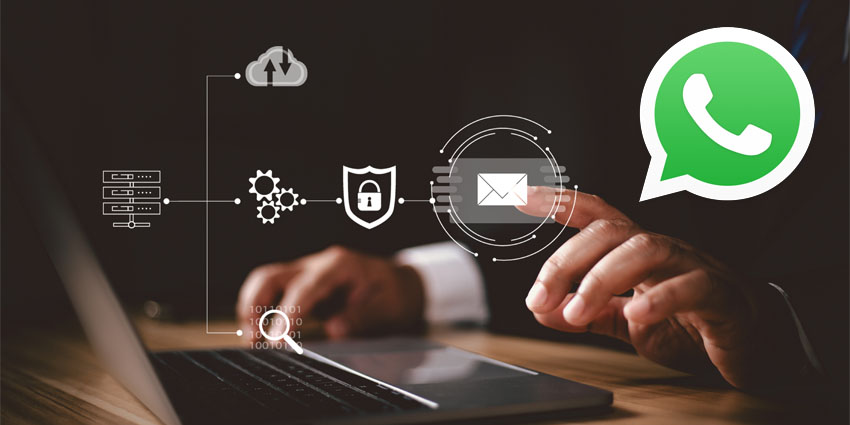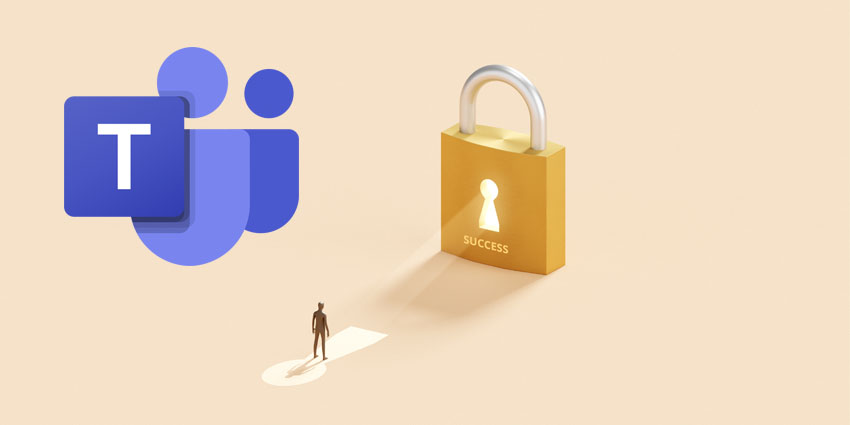WhatsApp is launching an in-app indicator informing users which chats are encrypted.
WhatsApp’s update 2.24.6.11, available now to some Beta testers of the platform, includes the new capability, which comprises an indicator that displays “end-to-end encrypted” alongside a small lock icon.
The label is positioned immediately under the contact or group name a user is communicating with, where the last-seen indicator usually is. However, the encrypted label will only appear for a few seconds before fading away to be replaced by the last-seen signifier.
The publication WABetaInfo reported:
After installing the latest WhatsApp beta for Android 2.24.6.11 update, which is available on the Google Play Store, we discovered that WhatsApp is rolling out a feature to identify end-to-end encrypted conversations!”
This feature is intended to provide users with transparency about which chats are end-to-end encrypted. It offers peace of mind and confidence that their chats are securely encrypted with the Signal protocol. This visual confirmation ensures privacy by preventing unauthorised access to messages and calls.
WABetaInfo initially reported this feature was in development in January, but its arrival to Beta testing so soon is a pleasant surprise.
While presently available to select Beta testers who have access to WhatsApp’s Beta updates via Android’s Google Play Store, this feature is scheduled to gradually expand to more users over the following weeks.
March is Already a Compelling News Month For WhatsApp
The update arrives less than a week after Meta posted a blog detailing how WhatsApp’s interoperability with third-party services will function while preserving its end-to-end encrypted messaging services.
Although accelerated by the European Union introducing its Digital Markets Act (DMA) for tougher regulation of designated messaging services, or “digital gatekeepers”, WhatsApp has been working on a solution enabling third-party interoperability for two years.
Third-party providers are required to sign an agreement to interoperate with Messenger and WhatsApp before implementation. Although the company favours using WhatsApp’s Signal protocol for encryption, it will consider other protocols that meet the same security standards.
The EU’s new rules came into force last Thursday, March 7, meaning that Meta had to “be ready to enable interoperability with other services within three months of receiving a request”, as dictated by the DMA. However, Dick Brouwer, Engineering Director at WhatsApp, advised that turning on interoperability might take longer than three months before it’s ready for public use.
The DMA’s requirements mandate support for one-on-one chats and file sharing, including images, videos, or voice messages, in the first year of the new regulation. These requirements will gradually extend to include group chats and calls over time.
WhatsApp’s Enterprise-Friendly Push
WhatsApp’s evolution into a comprehensive, enterprise-friendly communication and collaboration platform was a significant trend last year, and both the interoperability update and the encryption indicator further affirm this development.
Among the notable enterprise-friendly features launched last year, in December, WhatsApp introduced the ability for users to pin a message to the top of their chats for up to 30 days.
Also, in December, WhatsApp launched an enterprise-friendly voice chat upgrade, enabling users to host large groups of up to 128 audio-call participants. Different from a regular group call, this feature is intended to minimise disruptions. Unlike standard WhatsApp group calls that ring every member, this version adds an in-chat bubble on each participant’s screen, creating a more discreet invitation that users can select to join.
Last August, WhatsApp introduced a call scheduling feature within group chats, enabling WhatsApp group users to organise calls and automatically notify other participants, producing a more convenient and efficient form of communication.
This January, WhatsApp for Windows’ beta teased a capability to control input and output devices within the application. Reminiscent of similar capabilities in popular video conferencing platforms, such as Zoom and Google Meet, users can select their preferred speakers, microphone or camera for voice and video calls without having to leave the app.







